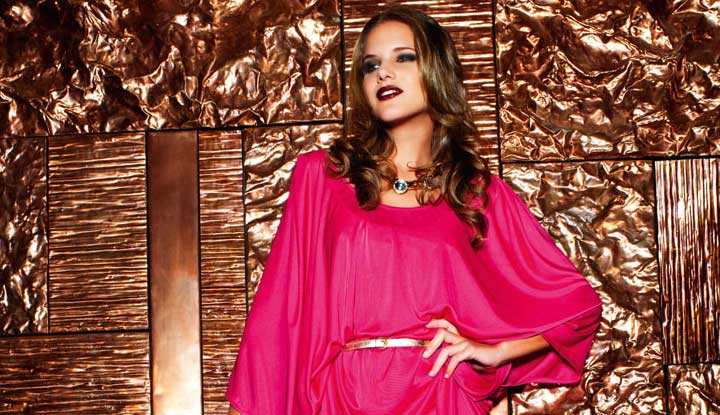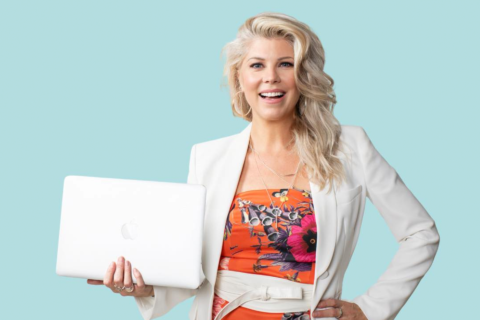Luxury is a hot growth market. In fact, CNBC reports that “when it comes to current [luxury market] growth, the global hot spot for high-priced luxury sales is the U.S. According to new research from Departures magazine and Ledbury Research, which surveyed top luxury CEOs, North America was listed as the most important market for growth over the next five years. East Asia ranked second, followed by Western Europe, Eastern Europe and then Central and South America. Fully 89 percent expected North America to be the most important contributor to growth.”
Luxury products appeal to consumers on a variety of levels, including exclusivity, innovation and craftsmanship. The consumer who can afford luxury not only gets an exquisite product, but also the satisfaction of knowing that, what they bought, many can’t afford.
The luxury industry includes prestige brands that set the stage for excellence. Branding plays a significant role in luxury product pricing, thanks to consumer loyalty and trend setting that attracts attention.
So, how can an entrepreneur take advantage of the luxury market? If you want to step into the luxury arena, it’s all about branding. Here’s a look at five techniques luxury brands are currently using, successfully.
-
Select Availability
Luxury brands often have select availability, which drives up the price accordingly. For example, designer items are available for purchase only at high-end boutiques or clothiers. Shopping at designer boutiques often involves personalized service at higher levels than the norm. While sales associates cater to upscale clientele at a much higher level, setting the stage for luxury prices.
Luxury branding generally involves limited editions of items, which further fuels higher prices. Consumers are willing to pay higher prices for the ability to purchase a limited edition product that will add to a collection or serve as a status symbol for friends and family. Instead of bringing a product to the mass market, a luxury startup should focus on niche distribution channels.
-
Veblen Goods
Price can fuel a product’s luxury status, as evidenced by “Veblen goods.” Some high-status goods, like couture clothing, luxury cars or designer jewelry, lead to an increase in demand due to the high price tag. The higher the price, the more people want it because they perceive a higher value and better quality.
To this point, the “snob effect” is alive and well among luxury consumerism. High-end consumers often perceive more exclusivity with higher prices, which can drive up demand for exclusive products, too. The higher the price tag, the more satisfaction derived from the purchase.
For instance, I remember an established entrepreneur telling me to price my products as high as the market will bear. If people are willing to pay for it, I should be able to charge that price for it. This is a tactic that many “luxury focused” startups can utilize.
© YFS Magazine. All Rights Reserved. Copying prohibited. All material is protected by U.S. and international copyright laws. Unauthorized reproduction or distribution of this material is prohibited. Sharing of this material under Attribution-NonCommercial-NoDerivatives 4.0 International terms, listed here, is permitted.













